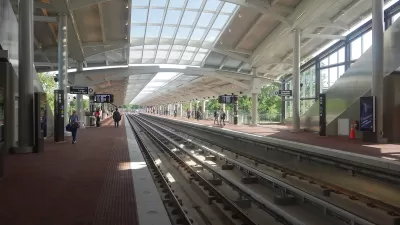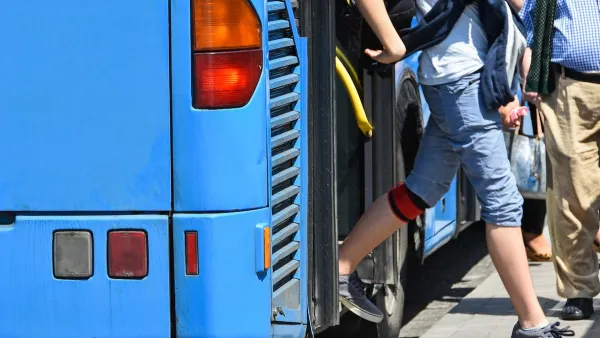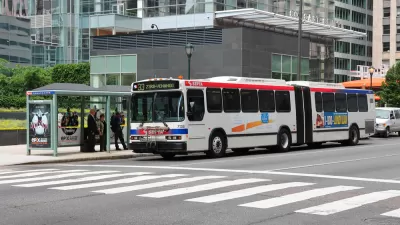Building new stations along existing transit lines can significantly increase access in formerly passed-over neighborhoods.

Despite living near — or, in some cases, directly below — rapid transit lines, some residents of cities like Atlanta and Washington, D.C. still lack access to transit. As Benjamin Schneider explains in Bloomberg CityLab, this is largely because planners of the past purposely skipped certain neighborhoods when planning transit stops or planned transit as just a way to shuttle commuters between suburbs and downtowns. “It’s a pattern that can be seen in the Bay Area, where BART trains skip over much of East Oakland, a low-income area with one of the highest population densities in the region. Activists there have launched a campaign to construct a new station in the San Antonio neighborhood, in the middle of a 2.7-mile stretch of tracks without access to the system.”
On the other side of the country, “Atlanta Mayor Andre Dickens wants to match the city’s infill development with infill train stops. In April, Dickens signed an executive order pledging to build four new MARTA stations on existing stretches of track. The stations, one in each of the city’s four quadrants, will all be on or near the BeltLine.” This transit infill could help expand transit access without building new lines by bringing existing services closer to residents. “At a time when laying new tracks can be prohibitively expensive, they’re an affordable way to make the most of infrastructure that’s already in place.”
FULL STORY: To Expand Transit on the Cheap, Cities Explore Infill Stations

Montreal Mall to Become 6,000 Housing Units
Place Versailles will be transformed into a mixed-use complex over the next 25 years.

Planetizen Federal Action Tracker
A weekly monitor of how Trump’s orders and actions are impacting planners and planning in America.

California High-Speed Rail's Plan to Right Itself
The railroad's new CEO thinks he can get the project back on track. The stars will need to align this summer.

DOJ Seeks to End USDOT Affirmative Action Program
The Disadvantaged Business Enterprise Program encouraged contracting with minority- and women-owned businesses in the transportation sector, where these groups are vastly underrepresented.

A Missouri Tenant Union’s Fight Against Millennia Housing
In Springfield, Missouri, senior and disabled tenants at one Millennia affordable housing building say they’ve gone about a year without a working elevator, but their organizing has gotten the city to threaten receivership if it's not fixed soon.

Time Running Out for Illinois Transit Bill
Chicago-area transit agencies face a daunting budget gap if lawmakers fail to agree on a funding bill by the end of the current legislative session.
Urban Design for Planners 1: Software Tools
This six-course series explores essential urban design concepts using open source software and equips planners with the tools they need to participate fully in the urban design process.
Planning for Universal Design
Learn the tools for implementing Universal Design in planning regulations.
City of Camden Redevelopment Agency
City of Astoria
Transportation Research & Education Center (TREC) at Portland State University
Municipality of Princeton (NJ)
Regional Transportation Commission of Southern Nevada





























